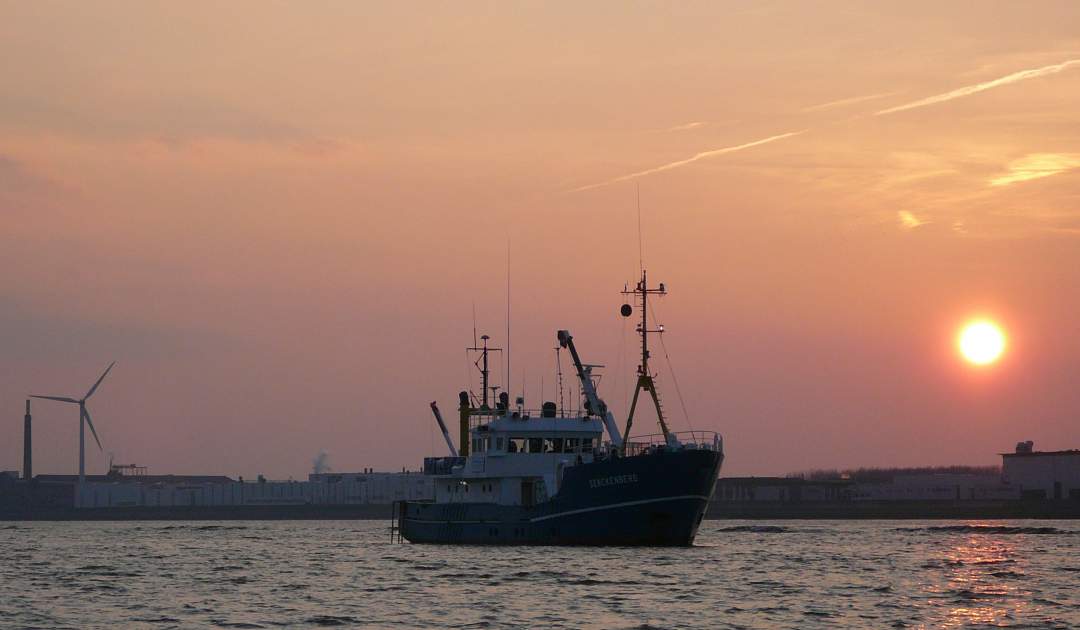
Recent projects
ASKAWZ III
The collaborative project “Acoustic seabed classification in the southern North Sea – Variability in the acoustic image of large-scale sediment type patterns in the German EEZ (ASKAWZ)” started in 2012 and is being carried out in cooperation with the Federal Maritime and Hydrographic Agency. The overall aim is to record the sediment distribution and habitats in the German Exclusive Economic Zone using hydro-acoustic methods. The resulting maps are published at www.geoseportal.de and are part of the comprehensive habitat assessment program of the Federal Agency for Nature Conservation. The third phase of this project focuses on the preservation potential of different trawl marks for the individual sediment types and the impact the corresponding benthic communities.
DAM-pilot mission MPA
SaLMon
“SalMon” stands for “Salz-Monitoring”, a research project for long-term monitoring of water salinity within the inner and outer Jade channel as well as the Jade Bay, a tidal embayment along the German North Sea coast line. Depending on season, tidal phase, precipitation and surface temperature the water salinity varies in the water column and on the tidal flats. Within our monthly monitoring CTD-profiling and water sampling are carried out at 14 stations from the inner Jade Bay to the outer Jade channel. These measurements also include monitoring sites of spill water discharges from out-washed salt deposits of the STORAG-ETZEL GmbH and the NW Kavernengesellschaft mbH.
WASA
The WASA Project (WAdden Sea Archive) combines the expertise from different disciplines, aiming to reconstruct the paleo-landscapes of the Wadden Sea area in the Holocene and to identify preserved surfaces, whose are potentially suitable for human settlements. It is funded by the Ministry of Science and Arts of Lower Saxony.. Human presence in the area is well documented since the Mesolithic and over the decades archaeological findings were recovered by fishermen in the Wadden Sea region. Scientific expertise from sedimentology, hydro-acoustics, geochemistry, paleoecology and archaeology has been coupled in this interdisciplinary project to evaluate transport processes, deposits and the behaviour of human settling since the last 15.000 years. A map of potential settling locations shall be given by means of predictive modelling.
The division “marine sedimentology” of “Senckenberg am Meer” and their research collaborators have taken more than 130 sediment cores in front of and in the back-barrier of the island Norderney. Over 600 km of multi-frequency acoustic (sub-bottom) lines were recorded along and across the main geomorphological features, in order to spatially extend the point-based information of the cores. A new catalogue has been developed for the description of the sedimentary paleo-facies; previously existing sediment cores have been reviewed and correlated with the new datasets in close cooperation with the project partners.
former projects
ASKAWZ I+II
AUFMOD
INTERCOAST
gefördert durch:
die Deutsche Forschungsgemeinschaft Förderperiode: 2009 – 2012
Ruggero Capperucci
Dr. Alexander Bartholomä
The International Research Training Group INTERCOAST – ‘Integrated Coastal Zone and Shelf-Sea Research’ is a collaboration between the Universities of Bremen (Germany) and Waikato (New Zealand). Research themes dealing with global and climate change which have strong impacts in coastal and shelf-sea areas
and are of geoscientific, socio-economic, and legal interest. In recent years, environmental case studies of high impacted
coastal areas have become more relevant/important to understand both the short- and long-time human impact on the geo- and biosphere and to predict the effects of an
ever greater pressure to the ecosystem. The new Jade Weser Port (http://www.jadeweserport.de/) in the German Bight, is one of the all-time largest human
interventions along the German North Sea coast. In New Zealand the new container terminal in Tauranga (http://www.port-tauranga.co.nz/The-Port/) is the largest and the leading export harbour of the country, and the nation’s second largest import harbour by value. The general topic of my project is to assess the impact on sedimentological changes by harbour construction in different environments, firstly the new Jade-Weser Port and secondly the Tauranga Harbour, closely linked to another INTERCOAST PhD project (IC6) evaluating the habitat dynamics by a biological approach
SUBHAB
WIMO
Vessel-based expedition:
Since 1992 our own research vessel “Senckenberg” is the research “platform” for specific expeditions and regular time series measurements in the North Sea and Baltic Sea.
In addition the members of the division were part of national and international cruises on board of external research vessels:
2020: FS Heincke, Cruise-No. HE548, German Bight, Further details
2019: FS Heincke, Cruise-No. HE544, German Bight, Further details
2019: FS Alkor, Cruise-No. AL520-02, „Duck’s bill“ (North Sea), Further details
2017: FS Heincke, Cruise-No. HE500, nature conservation area Dogger Bank, Further details
2016: FS Heincke, Cruise-No. HE456, southern North Sea, Further details
2016: FS Maria S. Merian, Cruise-No. MSM55, Svalbard, Further details
2015: FS Heincke, Cruise-No. HE455, North Sea, Further details
2013: OMS Pollux, North Sea
2012: FS Heincke, Cruise-No. HE389, German Bight, Further details
2012: FS Heincke, Cruise-No. HE372, German Bight, Further details
2011: FS Tai Tangahau, Bay of Plenty (New Zealand)
2010: FS Heincke, Cruise-No. HE334, Sylt (North Sea), Further details
2010: FS Tai Tangahau, Bay of Plenty (New zealand)
2009: FS Schall, Baltic Sea
2008: FS Meteor, Cruise-No. M75/2, Eastern Africa, Further details
1997: FS Meteor, German Bight
1995: FS Meteor, Cruise-No. M33/3, South Africa, Further details